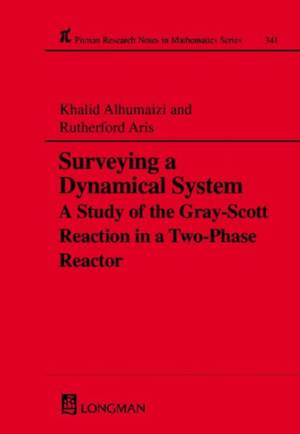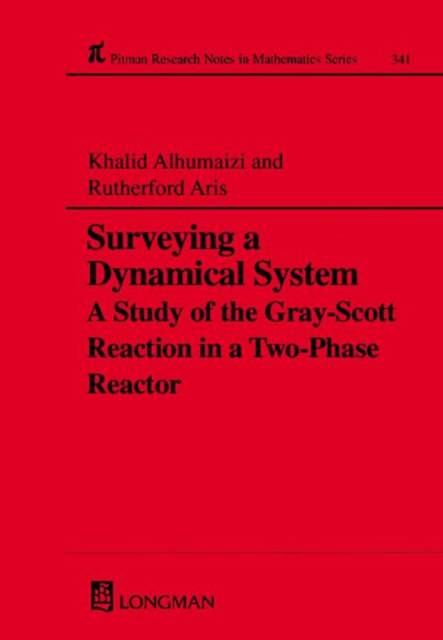
- Retrait gratuit dans votre magasin Club
- 7.000.000 titres dans notre catalogue
- Payer en toute sécurité
- Toujours un magasin près de chez vous
- Retrait gratuit dans votre magasin Club
- 7.000.0000 titres dans notre catalogue
- Payer en toute sécurité
- Toujours un magasin près de chez vous
Surveying a Dynamical System
A Study of the Gray-Scott Reaction in a Two-Phase Reactor
Khalid Alhumaizi, Rutherford Aris
305,45 €
+ 610 points
Description
When a dynamical system has a large number of parameters it is not possible to get a completely comprehensive picture of all the types of behavior that it may display and one must be content with surveying the system along various corridors of lower dimension. Using an example with three differential equations and six parameters it is shown how the available methods of singularity theory, bifurcation analysis, normal forms, etc. can be used to build up a picture of varied and interesting behavior. The model is a generalization of the Gray-Scott reaction scheme in a single stirred vessel to a two-phase reactor consisting of a reaction chamber and a reservoir communicating with each other through a semi-permeable membrane. Two forms exist according as to whether A is fed to the reactor and B to the reservoir or vice-versa, and show interesting differences of behavior. Both models undergo Hopf bifurcations, pitchfork transitions, have homoclinic orbits, take the period doubling route to chaos and one gets there by intermittency. Besides being of interest to mathematicians as an ecological study of a differentiable system, it is hoped that, though idealized, the fact that it corresponds closely to a real type of reactor will make it attractive to control engineers and others as a testing ground for their various methods and devices. This book will be of particular interest to students and researchers in mathematics and engineering, particularly those working in bifurcation or chaos theory.
Spécifications
Parties prenantes
- Auteur(s) :
- Editeur:
Contenu
- Nombre de pages :
- 352
- Langue:
- Anglais
- Collection :
- Tome:
- n° 341
Caractéristiques
- EAN:
- 9780582246881
- Date de parution :
- 15-05-96
- Format:
- Livre broché
- Format numérique:
- Trade paperback (VS)
- Dimensions :
- 170 mm x 244 mm
- Poids :
- 589 g

Les avis
Nous publions uniquement les avis qui respectent les conditions requises. Consultez nos conditions pour les avis.






